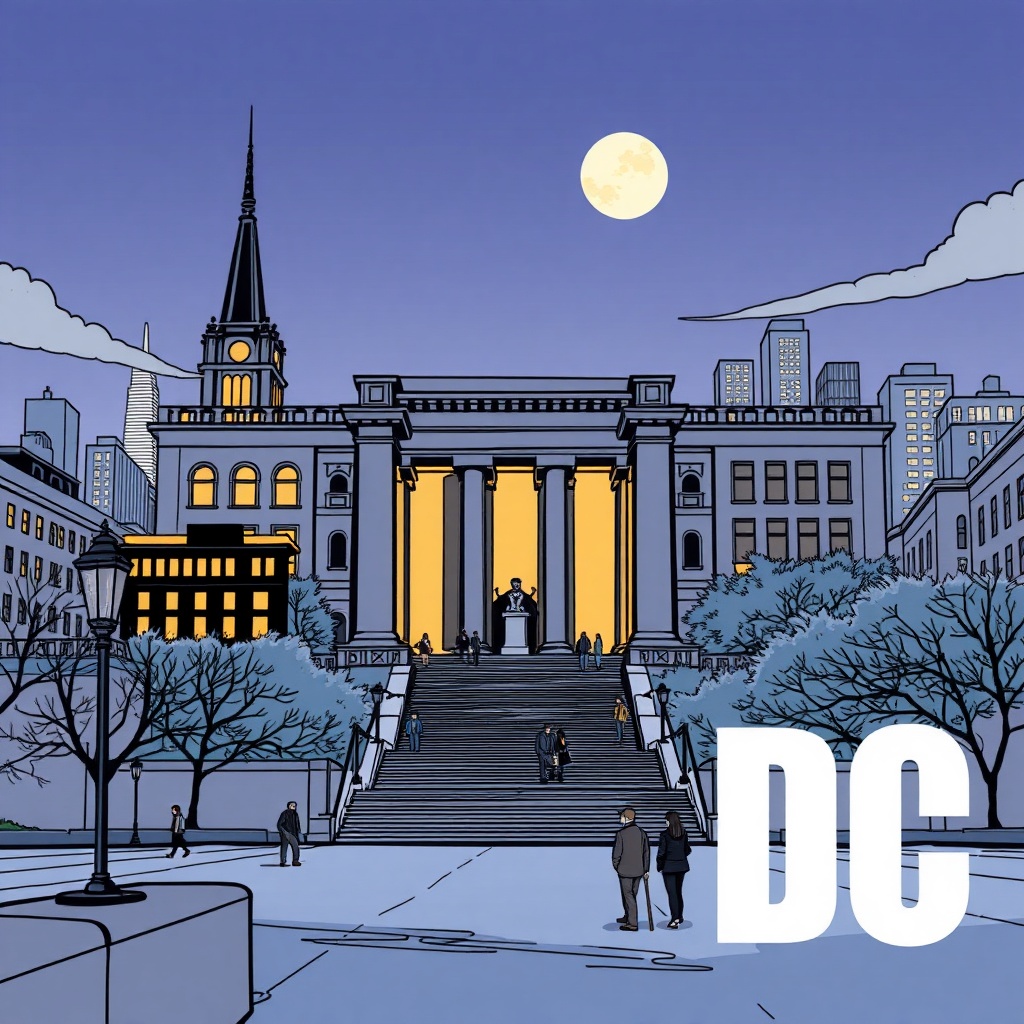Washington DC guide: how to explore the city like a local
Washington DC is more than monuments and politics. Beyond the National Mall, a lively mix of neighborhoods, food scenes, and cultural venues offers rich experiences for visitors and residents alike.
Whether you have a long weekend or a day to spare, these practical tips and neighborhood highlights help you see a different side of the capital.
Get around smart
DC’s compact core makes walking one of the best ways to explore. For longer trips, the Metrorail and bus network cover most attractions; tap your card or mobile wallet and keep an eye on service advisories. Bike-share docks and e-scooters provide flexible last-mile options, while rideshares are convenient for late-night trips. Traffic can be heavy during peak commuting hours, so build time into your plans.
Neighborhoods worth exploring
– Georgetown: Cobblestone streets, boutique shopping, and waterfront dining make this area ideal for relaxed strolls. Don’t miss the waterfront paths and historic architecture.
– U Street & Shaw: Known for music history, nightlife, and a vibrant restaurant scene. Jazz clubs and late-night spots keep the energy high.
– Logan Circle & Dupont Circle: These neighborhoods blend residential charm with diverse dining, bookstores, and galleries. Great for brunch and people-watching.
– Navy Yard & The Wharf: Waterfront development has added seafood restaurants, live music venues, and scenic river views — perfect for an evening out.
– Adams Morgan & Columbia Heights: Eclectic, colorful, and multicultural, these areas showcase international eateries, local bars, and lively street life.
– Capitol Hill & Eastern Market: A quieter, historic feel with a bustling weekend market offering local food and crafts.
Cultural and dining highlights
The city’s museum scene is exceptional, with many institutions offering free admission and rotating exhibitions that appeal to all interests. Performing arts venues present theater, ballet, and live music frequently, and local galleries spotlight emerging artists.
DC’s food scene reflects its diversity.
Try regional specialties like the half-smoke or explore acclaimed Ethiopian restaurants concentrated along particular corridors. Food halls and farmer’s markets are great for sampling local vendors, while chef-driven restaurants highlight seasonal produce and inventive cocktails.

Make the most of limited time
For a half-day: Start with a monument walk or museum visit, then grab lunch at a nearby market or café. Finish with a riverside stroll or neighborhood coffee shop.
For a full day: Combine a museum morning with a neighborhood lunch, an afternoon gallery crawl, and a performance or dinner at a lively dining district.
Practical tips
– Weather can change quickly; dress in layers and carry a compact umbrella.
– Many museums have timed-entry tickets or reservations for special exhibits — check ahead to avoid lines.
– Pickpocketing is relatively rare, but stay aware in crowded areas and on transit.
– Tipping is customary at restaurants and for ride services.
Why locals stay curious
The city’s blend of history, culture, and evolving neighborhoods keeps discovery fresh. New restaurants, public spaces, and cultural programs rotate through the scene, offering returning visitors a reason to explore beyond the typical checklist.
Plan with flexibility and an open mind: the best experiences often come from wandering a neighborhood, popping into a local shop, or following the sound of live music. That approach turns a visit to Washington DC into an immersive, memorable experience.